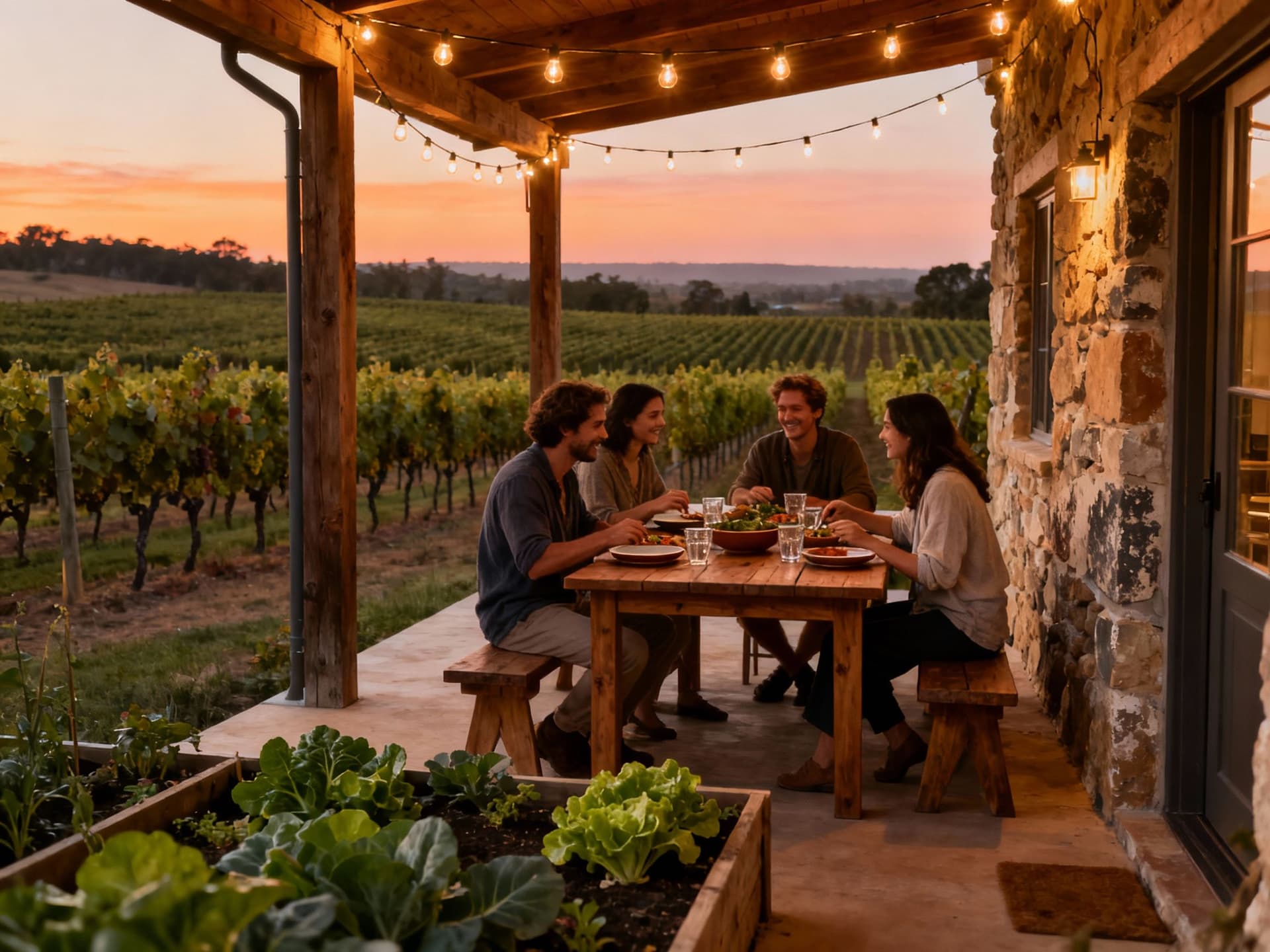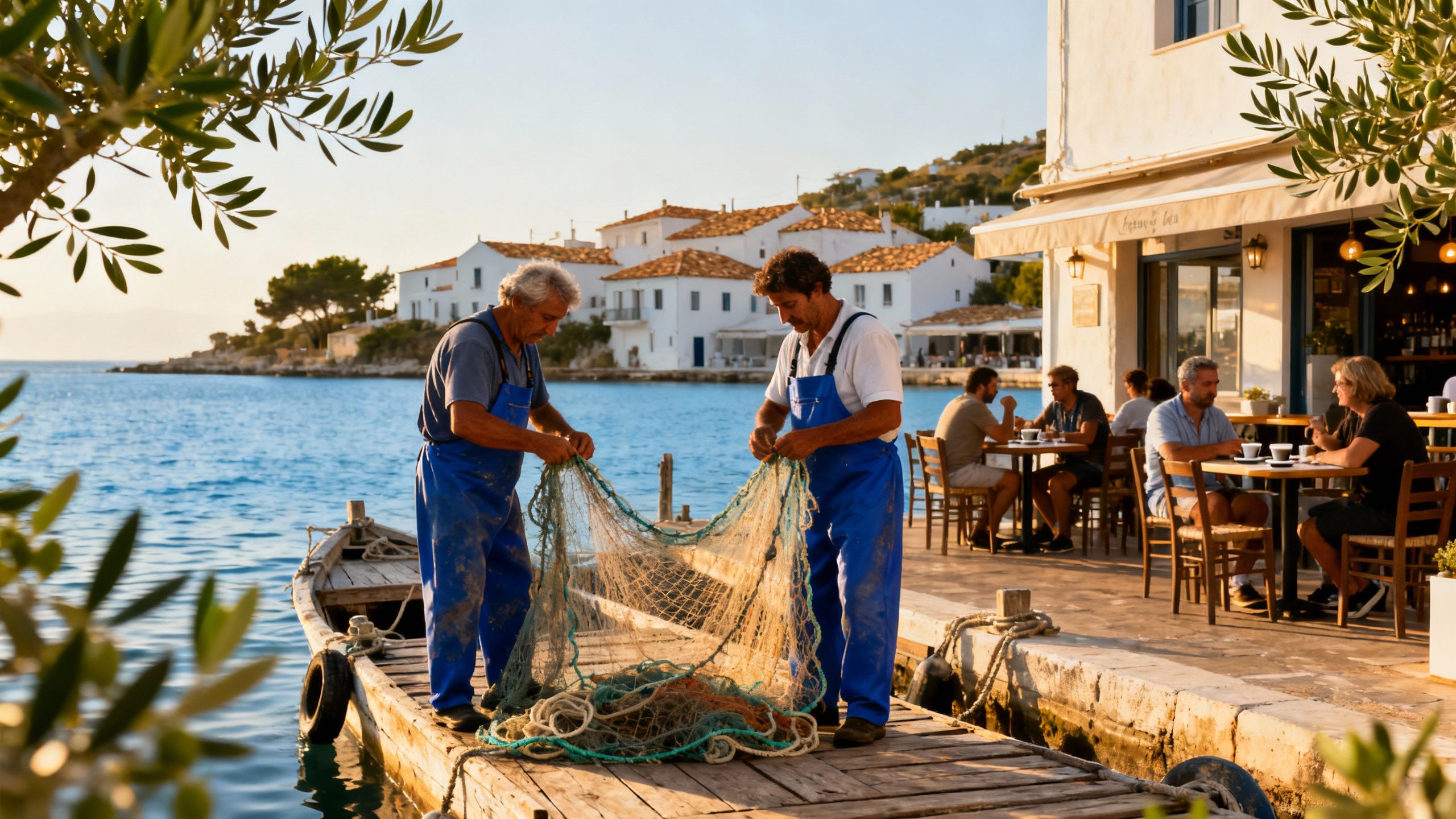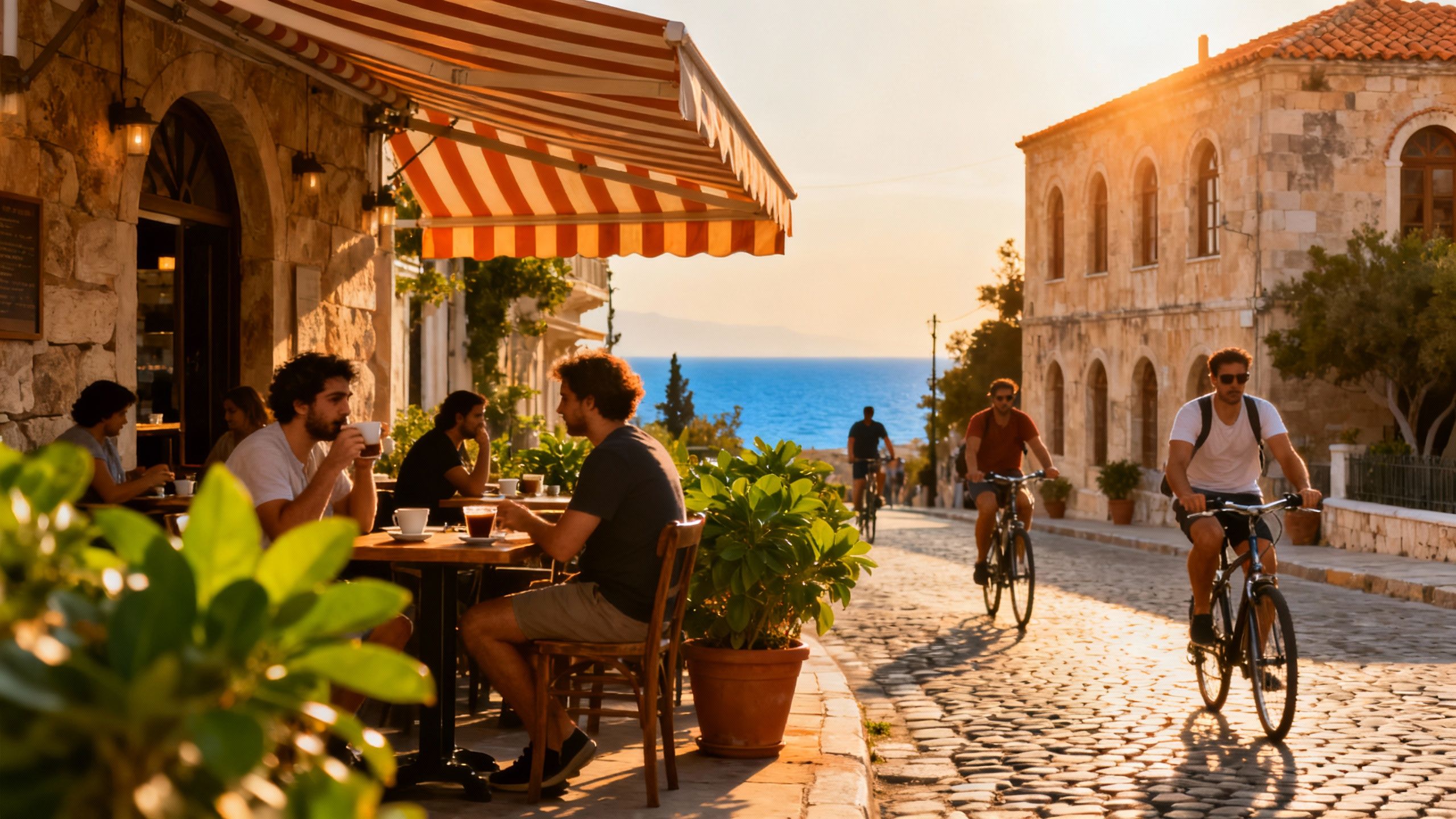How France’s Clean-Energy Shift Shapes Where You Buy
France’s rise in clean energy and local green projects reshapes where eco-minded buyers choose to live — pair lifestyle with energy-ready properties and local expertise.
Imagine waking to a cinnamon croissant, then stepping out onto a terrace warmed by rooftop solar panels as the morning light cuts across vineyards and chestnut trees. In France today, that gentle domestic scene increasingly sits beside a larger transformation: the country’s clean-energy and green-infrastructure investments are reshaping not only the landscape, but where ecologically minded buyers choose to live.
Living the French life — with a green heartbeat

Daily life in France balances ritual and seasons: café-lined mornings in Paris, market stalls full of sun-warmed produce in Provence, and quiet coastal walks on the Côte d’Azur. Recent housing data show prices and transactions stabilising in 2025, a welcome context for buyers imagining life here. That stability matters: it makes it easier to pair lifestyle choices with long-term green investments such as solar retrofits or passive-renovation projects.
Village mornings, market rhythms, and neighbourhood texture
In towns like Aix-en-Provence, Bordeaux’s Chartrons or Lyon’s Croix-Rousse, mornings follow a pattern: bakers arriving before dawn, locals lingering over espresso, children cycling to school. These rhythms shape how homes are used — outdoor kitchens for long lunches, sun-facing terraces for winter solar gain, and small gardens that sustain pollinators. Look for properties with mature hedgerows, stone walls and south-facing aspects; they are quietly resilient and easier to adapt to low-energy living.
Food, conviviality and seasonal living
France’s seasonal table is part of the lifestyle: market mornings at Marché d’Aligre in Paris, oyster lunches near Arcachon, truffle hunts in Périgord. For green living this matters — local supply chains reduce food miles, and many communities embrace composting, shared orchards and farmers’ cooperatives. When you buy here, a home’s proximity to markets, community gardens or farm shops is as important as its square metres.
Making the move: green infrastructure that changes property value

The practical question for buyers is how regional green investments — from solar farms to district heating and energy-efficient renovations — affect desirability and resale value. Recent reports highlight a market rebound in 2025 and growing appetite for energy-efficient homes; in many regions, homes with certified energy performance or easy rooftop-solar potential now attract premium interest.
Property styles: what suits a sustainable life
From Provençal stone mas with thick walls and small windows, to timber-framed houses in Alsace, French vernacular architecture often carries passive advantages: thermal mass, natural ventilation, and durable materials. New-builds in regions pushing renewable deployment — Occitanie, Nouvelle-Aquitaine, Auvergne-Rhône-Alpes — increasingly combine high-insulation envelopes with heat pumps and solar arrays. Choose a shell that complements a practical upgrade plan rather than one that demands full-scale replacement.
How local experts translate lifestyle into listings
A skilled local agent or ‘chasseur immobilier’ will read a home through both lifestyle and technical lenses: orientation and shading for comfort, roof structure for solar, land for orchard or EV charging, and local planning rules for additions like green roofs. They also guide on energy audits (diagnostic de performance énergétique) and eligibility for national renovation grants — invaluable when balancing budget and ambition.
Insider knowledge: what expats wish they’d known
Practical experience matters: many expats tell us the same things — learn how seasons change heating needs, budget for roof and insulation works in older houses, and understand local schedules (shops closed Monday mornings in some towns). Market data show modest price upticks in early 2025, so timing and clarity about renovation costs are essential for sustainable purchases.
Cultural integration and community life
French social life values small gestures: learn local greetings, participate in market days, and join neighbourhood associations that often manage shared green spaces. These ties open doors to local craftsmen for eco-renovations and offer a network for sourcing reclaimed materials or community solar projects. Language classes and mairie events are practical first steps toward belonging.
Long-term stewardship: living lightly over decades
Think beyond the sale. Prioritise durable materials, low-maintenance landscaping, and energy systems sized for future electrification. A home that’s easy to adapt (ample roof pitch, south-facing façades, space for batteries) will reward owners as France deepens its renewable grid and incentives for decarbonisation evolve.
- Lifestyle highlights to seek when visiting properties
- Morning markets (e.g., Marché Forville in Cannes, Marché d’Aligre in Paris)
- Neighbourhood gardens and shared compost facilities
- Close-to-home cycle routes and EV charging points
- Homes with south-facing roofs and sturdy rooflines for panels
- Steps to vet a green-ready French property
- Request the energy performance diagnosis (DPE) and review recent bills to understand real consumption.
- Check roof condition and orientation — will it support panels easily? Ask for roof inspection reports.
- Discuss renovation grants (MaPrimeRénov and local programmes) with the agent to see what upgrades are subsidised.
- Confirm local planning constraints (PLU/Plan Local d’Urbanisme) with the mairie before imagining extensions or energy installations.
- Arrange for a notaire and an independent technical inspector to ensure clarity on servitudes, boundaries and inherited obligations.
France offers the rare combination of deep cultural life and accelerating clean-power infrastructure: abundant solar build-out, strong nuclear baseload, and local schemes for heat and mobility that can make low-impact living practical. If you dream of morning markets, vineyard sunsets and a home that participates in its landscape, start by visiting neighbourhoods at the times you’d live them, bring a short checklist for green potential, and rely on a local agent who knows both permits and farmers’ markets.
Next steps: sketch your lifestyle priorities, shortlist regions (Provence for sun and solar potential, Loire Valley for riverside gardens, Haute-Savoie for alpine access and hydro projects), and ask an agent about recent energy upgrades and local incentives. With thoughtful choices and local guidance, France can be a place where quiet, sustainable living and enduring property value grow together.
Norwegian market analyst who relocated from Oslo to Provence; guides investors with rigorous portfolio strategy and regional ecological value.


